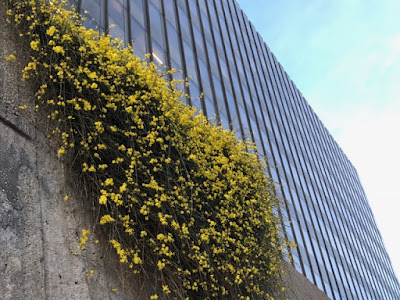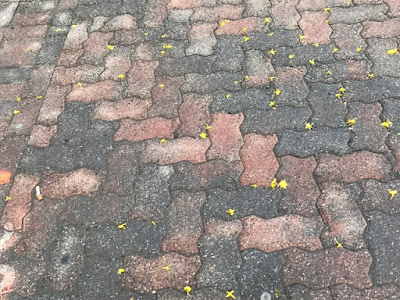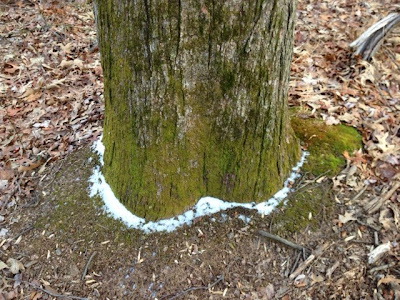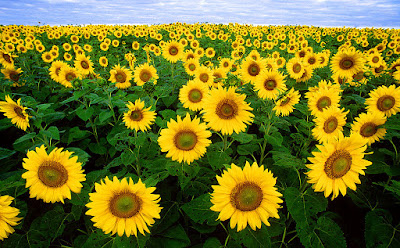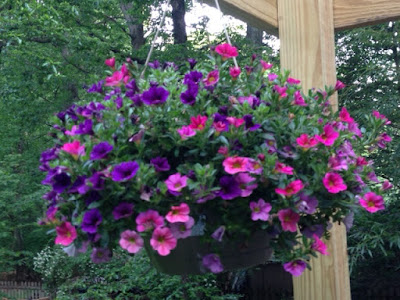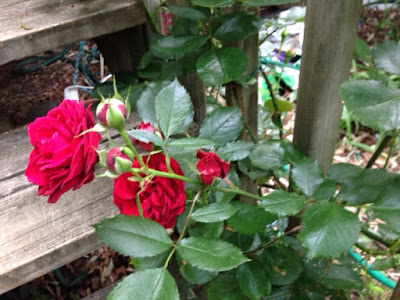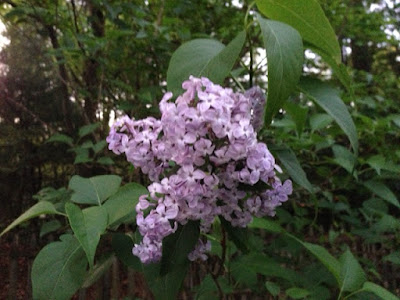Sprinter
Not the kind that pushes off from a block and streaks down a track. The kind of sprinter I have in mind is a season strung between spring and winter, a new hybrid that moves from balmy to brisk in a matter of hours.
Yesterday on my way to work I saw yellow petals on the sidewalk. I imagined a van unloading plants for a catered event, or a landscaping truck with pale forsythias ready for bedding. Surely these petals had no local source. It was February 8, after all, and I work in a concrete jungle!
But something — hopefulness? — made me look up. And there, on top of a Crystal City wall (Crystal City is very good at walls) was a bright yellow jasmine vine spilling over the stone.
Today, a cold, raw wind is blowing, and it’s spitting snow. The jasmine vine is shivering. But no need to worry — by Sunday it will be 70 again. After all, it’s sprinter.
